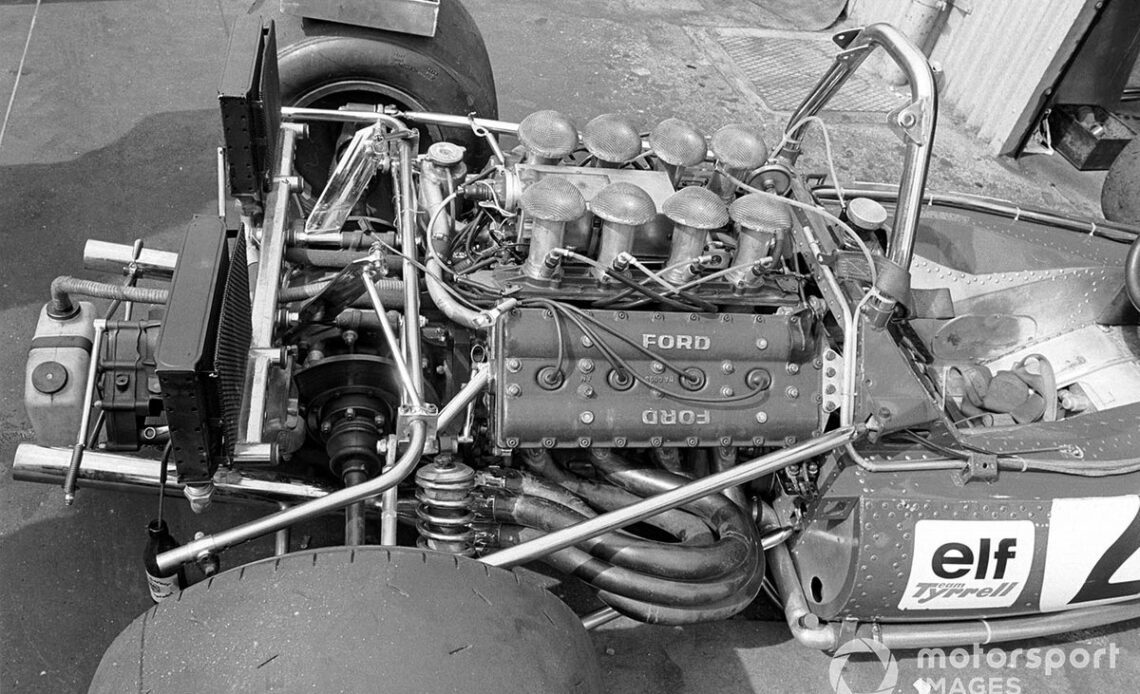After over 50 years of working with racing engines, there are few better qualified than Richard ‘Dick’ Langford when it comes to the art of extracting horsepower.
Having begun his career at Cosworth just as the world-beating DFV was beginning to build its formidable reputation, and serviced much of the Formula 1 grid during the 1970s, he co-founded his own engine-building company in 1980 that became a successful tuner of DFVs in Formula 3000 and supplied several F1 teams.
Today, his Langford Performance Engineering concern focuses on historic road and race engines, and still builds new HB V8 engines alongside its restoration work – having recently completed a Coventry Climax V8 project for a Lotus 25 customer.
Langford leads a “tight-knit bunch” of seven staffers, his longest-serving employee present since 1986 when former Cosworth colleague Alan Peck’s involvement meant the business was known as Langford & Peck. Langford took over when Peck stepped back in 1993 and LPE took its current name.
“Everybody used to call us L&P, so we just kept the initials,” says Langford, whose broad motorsport experience has also encompassed winning the 1997 British Rally Championship with Nissan’s Mark Higgins, and touring cars with Honda.
It’s no coincidence that the company originally founded to service DFVs is located in Wellingborough, just down the road from the Northampton base where Langford and Peck spent a combined 25 years in Cosworth’s engine shop building F1’s most famous power unit. Langford, bitten by the motorsport bug after attending the 1955 British Grand Prix at Aintree, had joined in 1967 after completing an apprenticeship with Ford and became an engine specialist “by chance really”.
Joining Peck, they worked closely for long hours as the ceaseless demand for the powerful and affordable DFVs – that won 155 grands prix across 17 consecutive seasons – meant the technicians manning Cosworth’s engine shop “hadn’t got time to breathe”.
Ubiquity of the Cosworth DFV in Formula 1 during the 1970s meant Langford, Peck and the technicians manning the engine shop were always busy
Photo by: David Phipps
“For a number of years at Cosworth we were really strapped,” he says. “You won’t believe the hours we used to work to make sure the engines were finished. It was exceptional. Everybody did their bit, because we were making history. Lucky we were young…”
Langford describes Cosworth as “one big…
Click Here to Read the Full Original Article at Autosport.com – Formula 1 – Stories…

